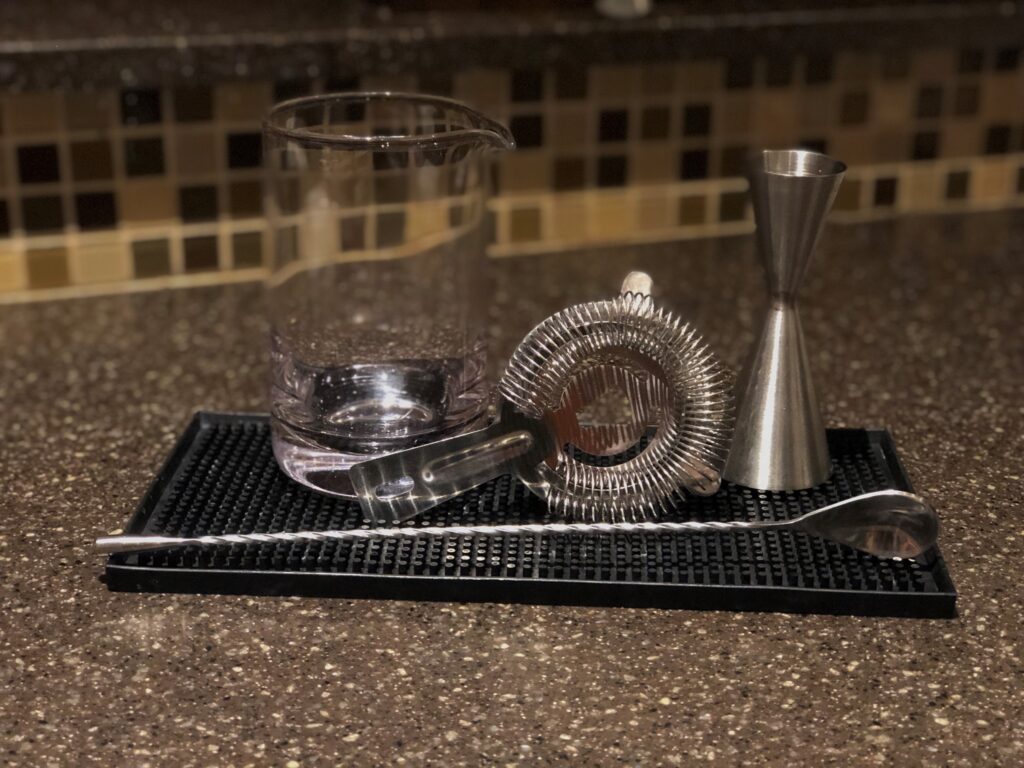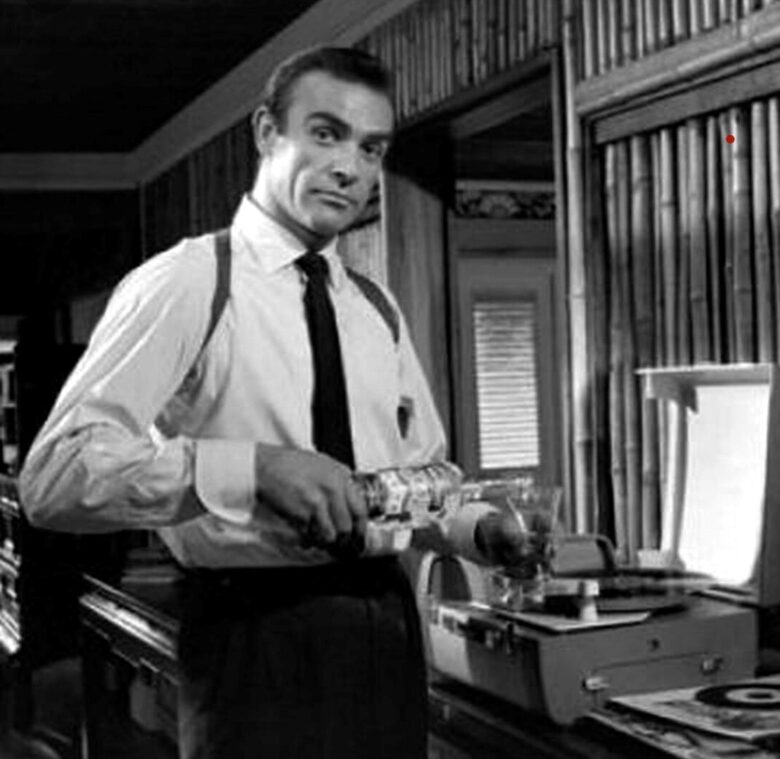There are very few rules in the bartending world. Since the cocktail was invented in 1803, bartenders and drinkers have been on a 200-year search for the best cocktail. Men and women have been mixing alcohol with virtually everything (there is an entire series of drinks that mix alcohol with beef broth!) and experimenting with any crazy technique they can think of. Only one rule seems universal, and rarely challenged. When to shake and when to stir. The hard and fast rule is that anything with juice, dairy, or egg gets shaken. Everything else is stirred. The team at Death & Co. in New York take a deeper dive in their self-titled book “Death & Co., Modern Classic Cocktails”. Anything opaque should be shaken, while transparent liquids should be stirred. Why? Shaking adds texture. Micro air bubbles become trapped while shaking, giving the drink a frothy texture and mouth feel. As the famous barman Harry Craddock, author of several seminal cocktail books (and cocktails) in the last century, writes, “You are trying to wake the cocktail up, not send it to sleep”. Stirring, on the other hand, will result in a transparent work of art. Either way – start with a chilled glass to keep your drink cold longer. Throw it in the freezer or simply add ice and a little water to the glass when you start, then dump it out prior to straining.
In 1953, Writer Ian Fleming created the Vesper Martin in the book “Casino Royal” – which to my knowledge is the first time a classic drink was created in a work of fiction, not in an actual bar. Now on a roll, in 1956 Fleming threw out the golden rule when writing “Diamonds are Forever” as Bond orders his martini shaken. Four years later, “Shaken, not stirred” is uttered by Dr. Julius No on the big screen in “Dr. No”, and two years after that in 1964 Sean Connery finally utters the now famous catchphrase in “Goldfinger”. What was Fleming’s reason for throwing away 150 years of cocktail history and technique? No one seems to know, but I imagine he simply thought it sounded cooler. Thus, the shaking/mixing dilemma began.
Shaking a cocktail ‘bruises’ the alcohol. It results in a cloudy drink – which is less desirable looking, especially with a martini. When gin, for instance, is bruised, the top notes tend to dissipate, resulting in a less-piney, but less crisp spirit. The effect is the opposite of aerating a red wine, which benefits from the release of the volatile top notes. Plus, shaking dilutes the drink more than stirring. Perhaps James wants to be seen drinking but needs to keep his wits for the inevitable car chase and gun fight.

Shaking Equipment: Boston Shaker bottom and top, Hawthorn Strainer, Jigger, Fine Mesh Strainer (for double straining)
SHAKING TECHNIQUE
Everyone shakes differently, and there is no wrong way as long as you don’t spray the contents all over your friends. I add everything to the small side of a Boston Shaker, add ice to the large side, then pour the contents over the ice and place the two halves together and pop the bottom of the smaller cup to form a seal. Then give it a good shake. Not like a piston, but instead, imagine rolling everything from front to back on the bottom of the tins and then back to the front on the top – like an oval. Repeat. And try to keep as little hand contact with the metal as possible, so your hand is not warming while the ice is cooling. I typically shake for 15 seconds, but the smaller the ice, the quicker the dilution. Use cubes, not crushed ice. The tins will have shrunk from the cold (helping with the seal) and may be stuck. Push the small tin forward to open or tap the side of the tins at the point that they join on a counter – gently. When shaking egg white, dry shake first (with no ice) for 30 seconds, then add ice and shake to cool the drink for another 15 seconds. The egg whites will foam up more quickly when not cold, fighting the seal, so I sometimes shake for about 10 seconds, then open the shaker to release air, close and finish. Strain into a chilled glass using a Hawthorn Strainer, and you may need double strain into a second hand-held fine strainer to catch ice shards or fruit pulp.

Mixing Equipment: Mixing Glass, Hawthorn Strainer, Jigger, Japanese Mixing Spoon
STIRRING TECHNIQUE
Not much technique with stirring. It’s all about the flair. You can mix in any glass, but get yourself a good mixing glass with a heavy bottom (for muddling and so it won’t float all over your counter when stirring) and it is a benefit to have a pour spout. A dedicated mixing glass will be sized for the standard Hawthorn Strainer. Next the spoon. The legendary Don Javier claims using the same big knife he uses to cut chilis, limes, and avocados to stir is the secret to his famous Batanga cocktail. But I doubt your dinner guests will give you the same latitude. Use a bar spoon. First, if you have one of those bar spoons with the red plastic tip that came with your bar set, put it in your junk drawer and buy a good bar spoon. I like the Japanese bar spoon ($6 on Amazon). It is tall and counterweighted for balance. Place the spirits in the glass first, then the ice. Preferably cube unless specified in the recipe. The proper stirring technique is to place the bottom (convex side) of the spoon against the glass and stir buy rotating the spoon around so the bottom of the spoon maintains contact with the glass – not the ice. A good stir is almost silent. By not contacting the ice you don’t break it apart, which would increase dilution. Plus, you want to keep tiny shards of glass out of your final cocktail. My default is stirring for 30 seconds at a moderate pace. Strain into your chilled glass and add any garnish.
But at the end of the day – it’s your cocktail. If you want to stir in a mason jar, go for it. If you like your gin bruised, shake it. Plus, you may need to stay sharp in case an evil villain with a hairless cat challenges you to a game of baccarat.
- Bill Stott
AotCB-007
Instagram@architecture_of_the_cocktail



